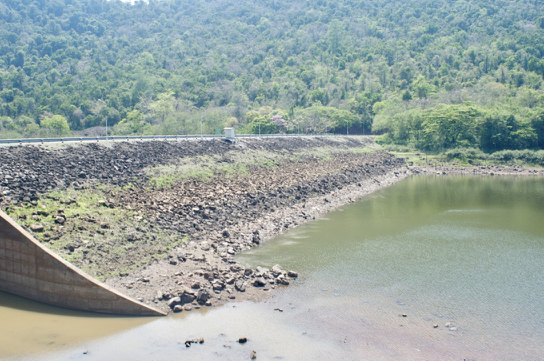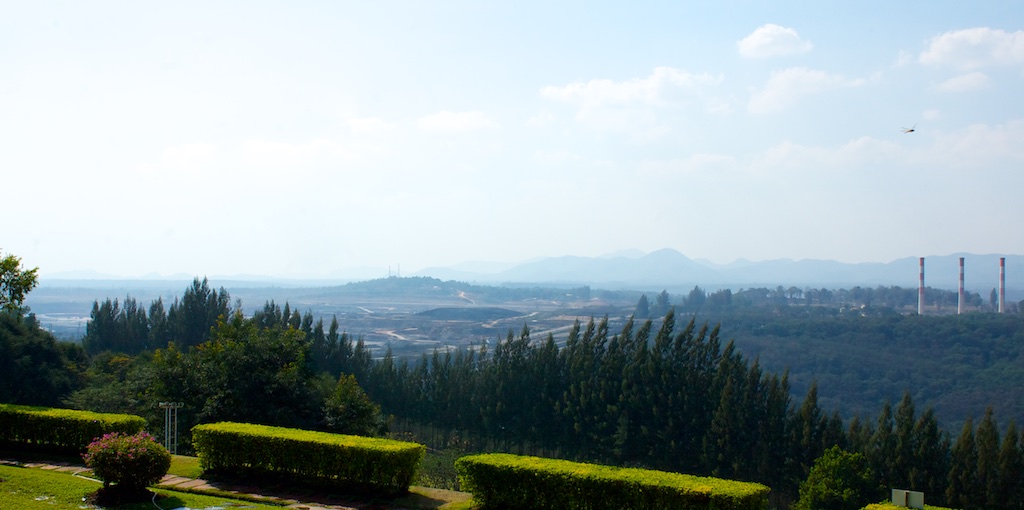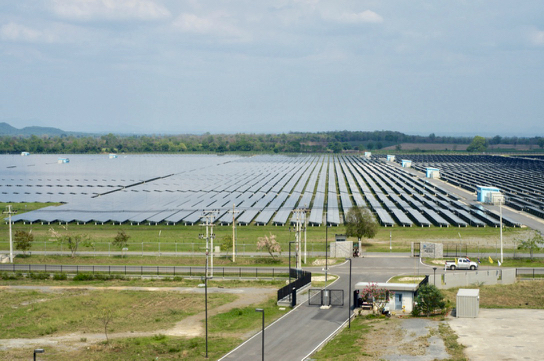Cassandra: Data Centers - Different Environmental Approaches of Apple and Google

eXtensions - Monday 24 April 2017
|
Cassandra: Data Centers - Different Environmental Approaches of Apple and Google |
 |
|
|
By Graham K. Rogers

Chulabhorn Dam, Khon San, Chaiyaphum, Thailand

Opencast Mining for Lignite - Mae Moh

Solar panel installation, Lopburi
Apple has a number of installations at some of its establishments and its new Cupertino campus is "powered 100 percent by renewable energy" including 17 MW of rooftop solar (Casey Anderson, Renewable Energy World). A number of other installations use solar power, such as its data center in North Carolina (Lucas Mearian, ComputerWorld). It is not a surprise to see that its new data center that is being built in Denmark (Jutland) will run 100% on renewable energy. Christian Zibreg (iDownloadBlog) citing a MacWorld item which used information from the Apple Environmental Responsibility Report release, tells us that the center is "designed to capture excess heat from its equipment and conduct it into the local district heating system to help warm homes in the community". Also, partnering with the local university in the dairy farming area, they are developing "a system that passes agricultural waste through a digester to generate methane, which is then used to create renewable electricity for the data center" (Does anyone remember the scenes in Mad Max Beyond Thunderdome when pigs were used to create energy? There are several implications here, and not just with the use of energy that will cut the bills. Apple wins in several ways: by partnering with the local university, there is a relationship with the country and community; this is enhanced by the use of the otherwise-waste heat, by returning this to the community to be used in its heating system; and there will perhaps be some employment opportunities at the plant longterm, although certainly short-time with its construction.
Locals have not been happy about this for several months with the chairman of the Mount Pleasant Water Supply Committee saying back in September that this could imperil the area's drinking water (David Slade, The Berkeley Independent). And Google apparently wants more: up to "three times the amount they are currently permitted."
Graham K. Rogers teaches at the Faculty of Engineering, Mahidol University in Thailand. He wrote in the Bangkok Post, Database supplement on IT subjects. For the last seven years of Database he wrote a column on Apple and Macs. After 3 years writing a column in the Life supplement, he is now no longer associated with the Bangkok Post. He can be followed on Twitter (@extensions_th) |
|

For further information, e-mail to
Back to
eXtensions
Back to
Home Page